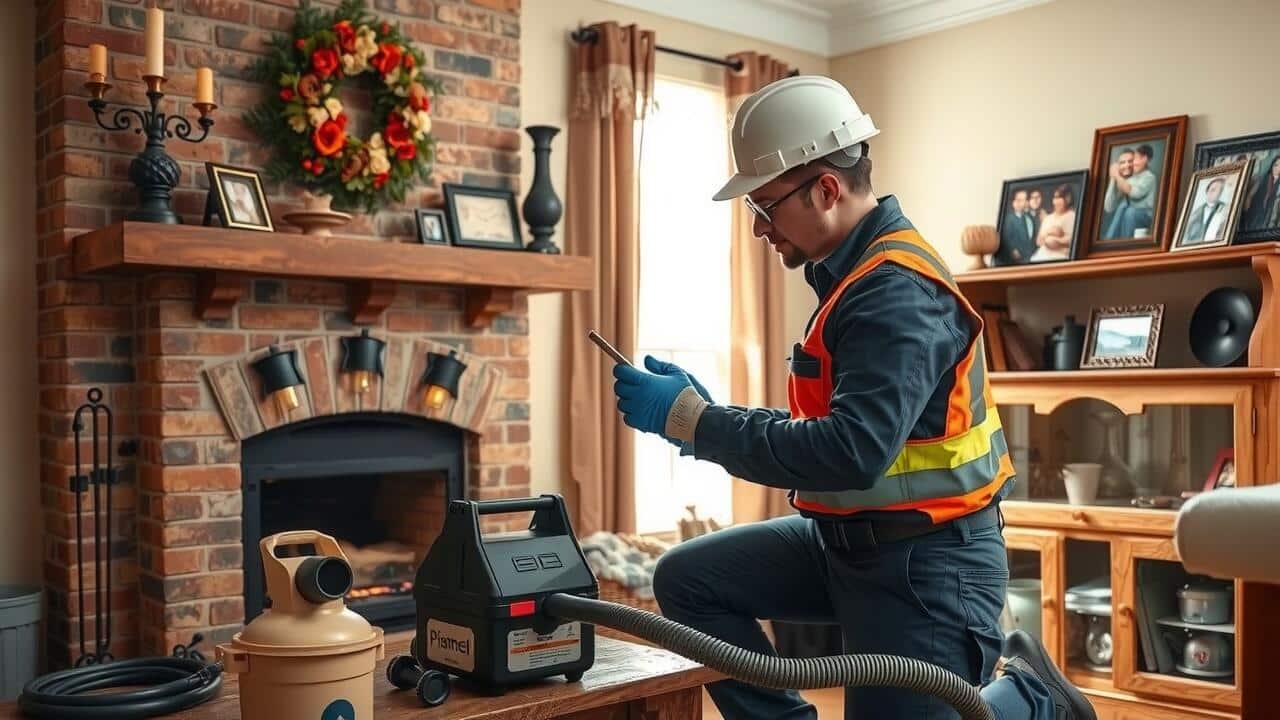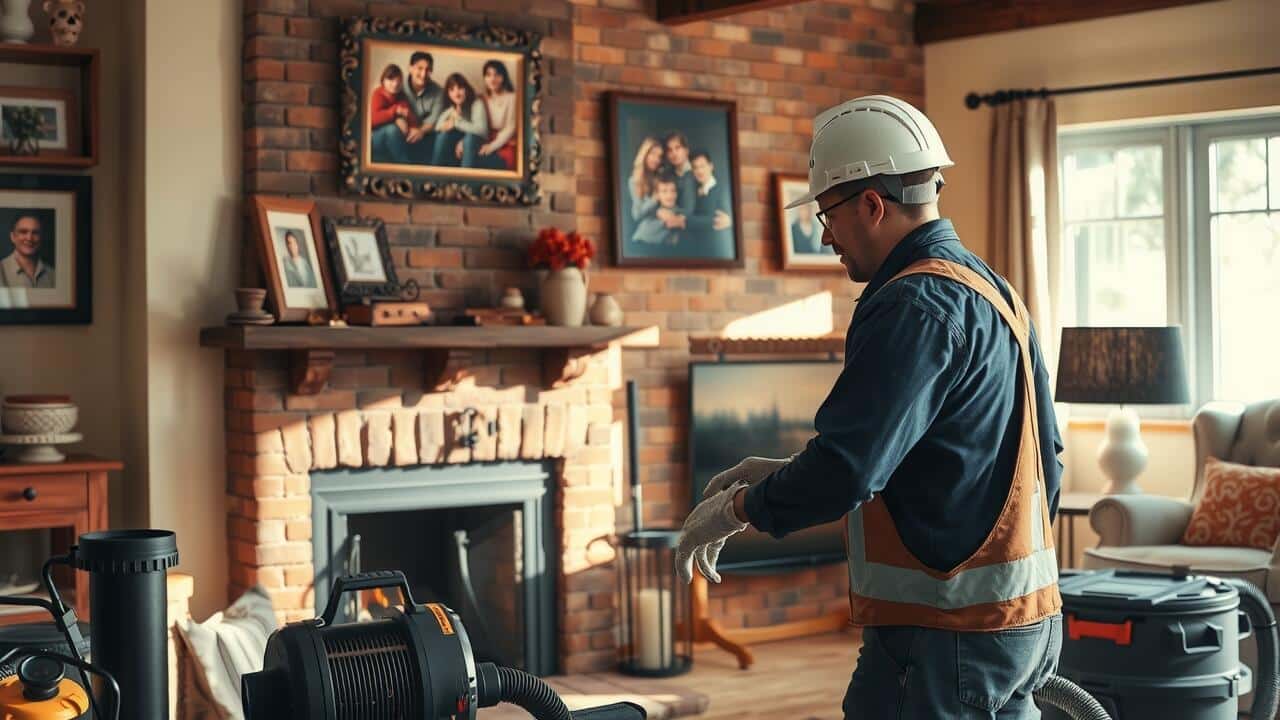Table Of Contents
DIY vs. Professional Relining
Many homeowners consider a DIY approach to chimney relining as a way to save on labor costs. With the right tools, materials, and a good understanding of the relining process, it’s possible to complete the job without hiring a professional. Resources such as online tutorials and videos can assist in the learning process. However, tackling this project requires a significant time investment and carries the risk of making costly mistakes, especially if safety standards are not followed.
On the other hand, hiring a professional for chimney relining in your area can provide peace of mind and ensure the job is done correctly. Professionals bring expertise and experience, reducing the likelihood of issues that might arise from improper installation. They also have access to high-quality materials that may not be readily available to DIYers. While the initial cost is higher, the long-term benefits of a properly lined chimney can outweigh the expense, potentially preventing future repairs and safety hazards.
Weighing the Pros and Cons
When considering chimney relining, it’s essential to weigh the benefits against the potential drawbacks. One significant advantage is improved safety. A properly relined chimney reduces the risk of chimney fires and protects your home from harmful gases. Furthermore, relining enhances the efficiency of your heating system, leading to lower energy bills over time. Homeowners often appreciate these long-term financial benefits and peace of mind regarding safety.
On the downside, the cost of chimney relining can be a point of concern. For many, it represents a substantial expense that might not fit neatly into a tight budget. Additionally, the process often requires expertise, which means hiring professionals rather than attempting a DIY solution. This can complicate the decision for those inclined to save money. Ultimately, weighing the pros and cons of chimney relining in your area can help you make an informed choice about whether it is worth the investment.
Additional Costs to Consider
When planning a chimney relining project, it’s essential to factor in additional costs that may arise beyond the base price of the relining itself. Homeowners should consider permits and inspections required by local building codes. These expenses can vary significantly based on location and the complexity of the job. Engaging with a professional may also necessitate initial consultations or assessments, adding to the overall expenses.
Routine maintenance is another consideration that can influence the long-term costs of chimney relining. Regular inspections are crucial for ensuring the reliability and safety of your chimney system. In some instances, post-relining cleaning services and repairs needed for related components, such as the chimney cap or flashing, may also contribute to the financial outlay. Homeowners should budget accordingly for these potential costs to avoid unexpected expenses during the relining process. Understanding the comprehensive scope of Chimney Relining in your area can help demystify these additional financial considerations.
Permits, Inspections, and Maintenance
When undertaking chimney relining in any area, it’s essential to be aware of the necessary permits and inspections required by local building codes. Many municipalities mandate permits to ensure that the work adheres to safety and structural regulations. Failing to obtain these permits can lead to fines or complications when selling a home in the future. It’s advisable to check with local authorities or consult a professional to understand the specific requirements in your region.
Maintenance is another vital component after relining a chimney. Regular inspections help identify potential issues before they worsen, ensuring that the chimney remains safe and functional. Homeowners should schedule annual check-ups to assess the condition of the relining and other components. This proactive approach not only safeguards against hazardous situations but also prolongs the lifespan of the chimney system.
Cost Variations by Region
The cost of chimney relining can vary significantly depending on the region in which the property is located. In urban areas with a high cost of living, homeowners may face elevated prices due to higher labor rates and increased demand for professional services. Conversely, areas with less population density often see lower costs, reflecting the local economy and market conditions. These regional differences affect both the pricing of materials and the overall expense of hiring skilled tradespeople for the job.
Chimney relining in colder climates may also require different materials or methods, impacting the final cost. For example, installations in regions prone to heavy snowfall should consider materials that withstand ice and wear. In contrast, warmer areas might focus on ventilation and heat resistance. Evaluating these regional aspects not only helps in budgeting but also ensures that homeowners choose the right solutions tailored for their specific environmental conditions.
How Location Influences Pricing
The cost of chimney relining can vary significantly depending on the region. In urban areas, higher labor costs and demand can elevate the overall price. Homeowners in metropolitan centers often find themselves paying more for both materials and installation. Conversely, rural areas may offer more competitive pricing due to lower overhead costs and less demand for chimney services.
Regional climate also plays a role in relining expenses. In regions where harsher weather conditions are common, additional measures may be necessary to ensure durability. This can lead to higher material costs. For instance, chimney relining in colder climates might require more robust options to withstand freezing temperatures. Understanding these nuances helps homeowners budget more effectively for this essential home maintenance task.
FAQS
What is the average cost to reline a chimney?
The average cost to reline a chimney can vary widely, but it typically ranges from $2,500 to $5,000, depending on factors such as materials used and the complexity of the job.
What materials are commonly used for chimney relining?
Common materials for chimney relining include stainless steel, clay tile, and cast-in-place liners. Each material has its own benefits and costs, impacting the overall price.
Can I reline my chimney myself, or should I hire a professional?
While DIY relining is possible, it requires specialized knowledge and skills. Hiring a professional is recommended to ensure the job is done safely and correctly, which can also help avoid costly mistakes.
Are there additional costs related to chimney relining?
Yes, additional costs may include permits, inspections, and any necessary repairs to the chimney structure itself. It’s important to factor these into your budget when considering a relining project.
How does the location affect the cost of chimney relining?
Costs can vary significantly by region due to differences in labor rates, material availability, and local building codes. Urban areas may have higher costs compared to rural regions.


